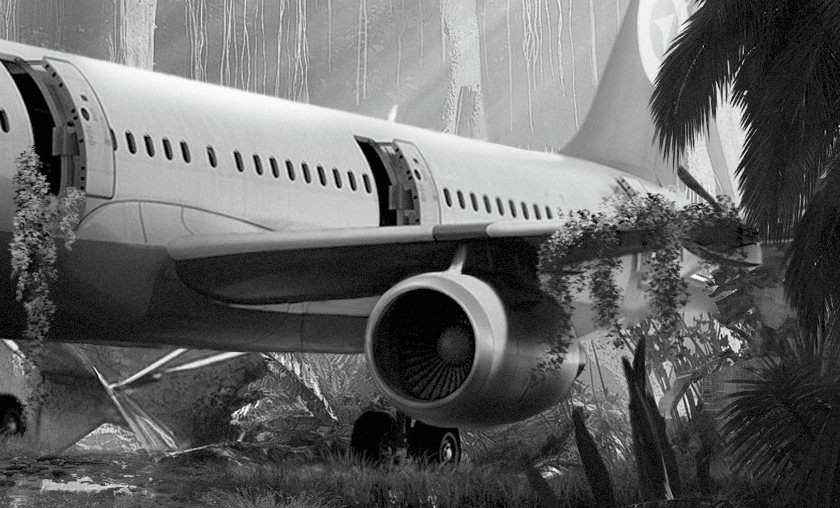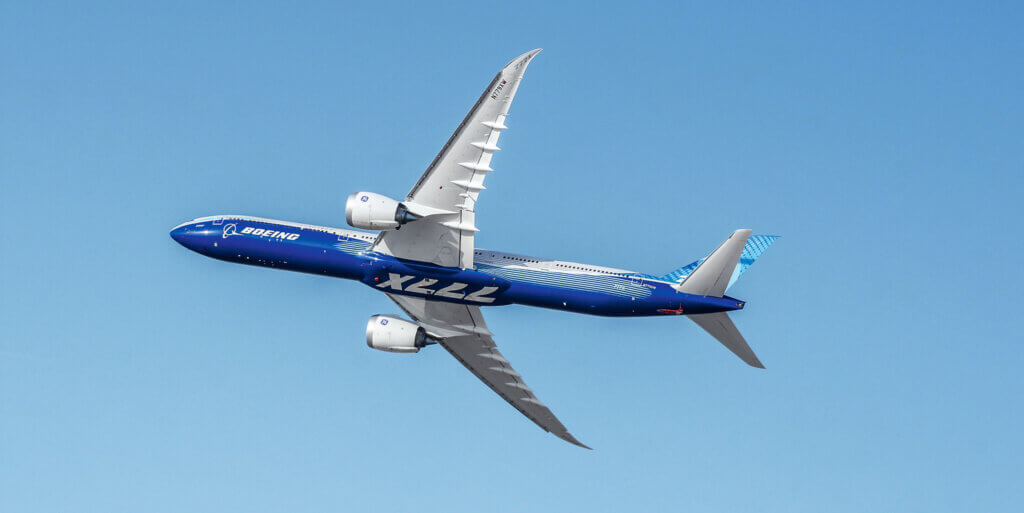The Mandela Effect has fascinated many for years, with people recalling details that don’t match the world as we know it. One of the rare technological Mandela Effects involves the placement of engine turbines on passenger airplanes—a detail so specific yet so puzzling.
Memory: Engines Were Positioned Directly Underneath the Wings
Many people remember the massive engine turbines suspended directly underneath the wings of passenger airplanes. This image feels natural and familiar, as if the engines have always been positioned right there, clinging under the wing’s exact midpoint.
This mental picture is consistent for countless individuals who have vivid memories of airplanes in flight, showing engines hanging directly below the wing surfaces—an iconic part of the classic airplane silhouette.
Reality: Engines Are Positioned Ahead of the Wings
The reality, however, is quite different. Passenger airplanes have always had their engine turbines mounted forward and slightly ahead of the wings, not hanging directly underneath them as so many recall.
This forward placement gives the engines a somewhat “sticking out” appearance, which looks odd and even unsettling to those who clearly remember the engines positioned differently. The turbines are not under the wings’ midpoint but instead jut forward, attached in a way optimized for modern aerodynamics and engineering.
At MandelaEffects.net, we too have experienced this puzzling change. To better illustrate how many of us remember the jet engines’ original placement, we hired a professional artist. By carefully describing the exact location and adding subtle shadowing from the wing onto the engines, they created an image to help visualize this memory more clearly.
Below is the picture — perhaps this matches how you remember it as well? Take a look and see what you think.

I recently went to Narita Airport to photograph an airplane.
— sozai wo douzo (@UTATA18935539) January 26, 2023
I am now painting airplanes.
I feel the Mandela effect very much while I am painting.
Engine location. The shape of the engine. The shape of the wing tips.
Has the airplane design changed?٩( 'ω' )و pic.twitter.com/UNZCDoB4S9
The Mandela Effect on airplane engines & where they are positioned under the wings freaks me out!
— Ladyhawk (@0Hawkward2) August 30, 2022
Changing a line in a movie seems easy to pull off.
But every airplane…no way!
There may be truth to timelines converging or time traveling.
What was your shocking moment when you realize you experience a Mandela Effect?
— zero point energy (@zeropointener12) May 9, 2023
Mine when i was reading someone said the jet engines under the wings of an airplane are 'now' mounted more in front of the wings. That was my uh-oh moment. https://t.co/7kug0BhA7r
"Engines under the wings / Mandela Effect / Music Video"
— RaptureThenGreatTribulation (@then_great12233) November 1, 2023
The Mandela Effect is real, I spent 28 years in aviation, and this "change" occurred sometime after April 2010:
Planes with the engines under the wings and other airplane Mandela Effectshttps://t.co/crPC2T8SIz pic.twitter.com/MwQ5myBrss
I just got a serious brainfuck. I'm watching a vid on YouTube regarding the so-called Mandela effect and it's about where airplane engines are located under the wings. I remember that the engines should be neatly tucked under the wings. pic.twitter.com/6zUPHtRKnF
— Sandro Romanov (@sandroromanov) July 2, 2024
My favorite part of the Mandela Effect is Liz arguing with me while she frantically tries to prove it wrong. Todays edition was airplane engines. Liz flies frequently and she was adamant engines were under the wings.. I said "not anymore". pic.twitter.com/Bfn6z84nV2
— Jason (@jbeam123) May 13, 2025
The jet engines are now mounted forward. This seems to be a Mandela Effect, though I am no expert. pic.twitter.com/SNBm1qEuNU
— James Hawke (@James_Hawke1) March 13, 2022
Plane engines were under the wings before 2016. Now they extend way out in front. Mandela Effect. pic.twitter.com/jCmERK9tCE
— UfoGuy SpaceMan (@UfoguySpaceman) February 4, 2023
Why This Mandela Effect Matters
This Mandela Effect is more than just a curiosity—it’s one of the very few technological Mandela Effects we’ve documented. It challenges our understanding of how technology and physical design work and suggests intriguing possibilities about alternate realities.
The Physics Behind Engine Turbine Placement
The position of airplane engines is carefully engineered to comply with fundamental laws of physics:
- Balance and Weight Distribution: The center of gravity is critical for stable flight. Placing engines directly underneath the wings without proper support would shift this balance dangerously.
- Aerodynamics: Forward engine placement minimizes drag and allows smooth airflow over the wings, which is essential for lift and fuel efficiency.
- Structural Integrity: The wings are designed to support engines placed in this forward position, ensuring safety and strength during flight.
- Performance and Safety: This setup prevents interference with wing control surfaces and ensures reliable operation under varying conditions.
If engines were to be placed directly under the wings as many remember, planes would face serious issues, including instability, inefficient lift, and structural risks—making safe flight impossible in this reality.
A Glimpse Into Alternate Realities
So why do so many remember a different design? This Mandela Effect might indicate that in parallel realities or hidden worlds, the laws of physics and engineering differ:
- Planes in those realities might operate with engines under the wings without problem.
- The laws of aerodynamics and balance might allow different design freedoms.
- Technologies, both ancient and modern, may have been constructed under alternative physical principles.
Such a perspective suggests that some ancient constructions or technologies, like the pyramids, we study might reflect knowledge from these alternate realms with different laws of physics.
Conclusion
The Mandela Effect surrounding airplane engine turbine placement invites us to rethink not only our memories but the very nature of reality and technology. It’s a fascinating intersection of physics, memory, and the possibility of multiple universes—encouraging us to keep exploring the boundaries of what we know.





